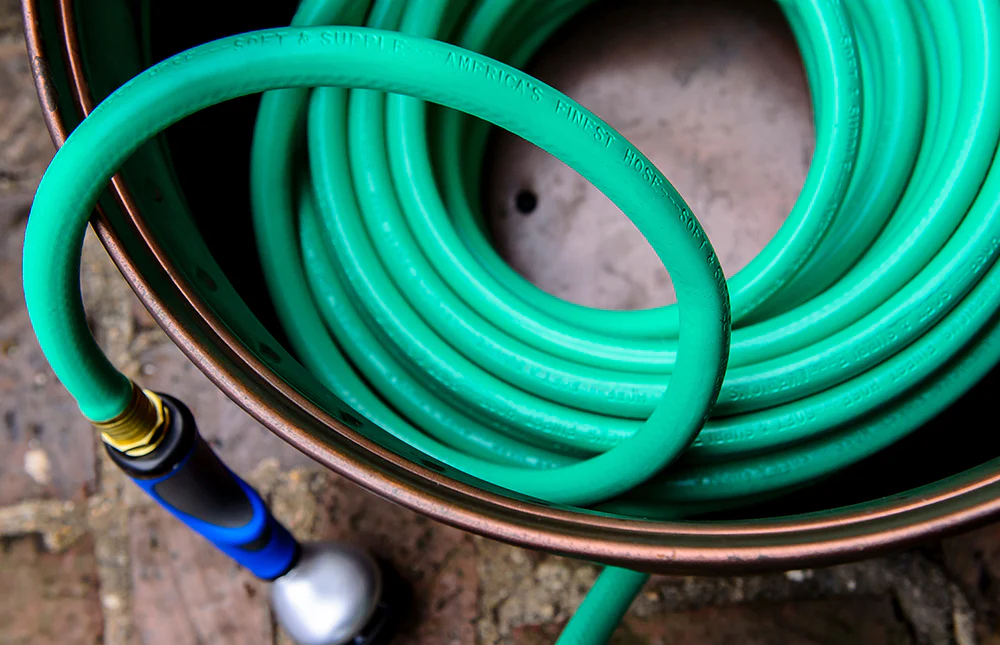
In the world of industrial materials, few innovations have made as significant an impact as PVC (Polyvinyl Chloride) hoses. Known for their versatility, durability, and affordability, these hoses are integral to a myriad of applications—from agriculture to construction. But have you ever wondered what goes on behind the scenes in a PVC hose factory? Join us on a journey through the manufacturing process that transforms raw materials into essential tools for countless industries.
The Raw Materials
The journey of PVC hoses begins with the selection of high-quality raw materials. The primary ingredient is polyvinyl chloride resin, which is derived from a combination of ethylene and chlorine. To enhance the performance of the hoses, various additives are incorporated, including stabilizers to improve heat resistance, plasticizers to increase flexibility, and colorants for visual appeal. The quality of these raw materials is crucial, as it directly influences the performance and lifespan of the final product.
The Mixing Process
Once the raw materials are gathered, the next step is the mixing process. In a controlled environment, the PVC resin and additives are combined in large mixers to ensure a uniform consistency. This process is vital, as it determines the characteristics of the final product. The mixing is typically done at high temperatures to facilitate the melting of the plasticizers, ensuring that they blend seamlessly with the resin.
Extrusion: Shaping the Hose
After mixing, the resulting compound is fed into an extruder, a machine that plays a critical role in shaping the hose. The extruder heats the mixture to a specific temperature, allowing it to flow through a die, which shapes it into a continuous tube. This tube can be produced in various diameters, depending on the specifications required by different industries. As the material exits the extruder, it is cooled and cut into manageable lengths, ready for the next phase.
Reinforcement and Additional Layers
For applications requiring added strength, PVC hoses can be reinforced with different materials. The most common reinforcement method involves embedding layers of fabric or wire mesh within the hose. This enhances the hose’s ability to withstand pressure and prevents kinking or collapsing. Additional layers of PVC can also be added for extra durability, ensuring that the hose can withstand harsh conditions, whether in a garden or a construction site.
Quality Control: Ensuring Excellence
Quality control is a cornerstone of PVC hose manufacturing. After production, samples from each batch are rigorously tested for flexibility, tensile strength, and resistance to abrasion. This ensures that the hoses meet industry standards and can withstand the demands of their intended applications. Manufacturers often employ advanced testing equipment and methodologies to guarantee the highest quality.
Packaging and Distribution
Once the hoses pass quality inspections, they are packaged and prepared for distribution. Depending on customer requirements, hoses may be coiled, bundled, or shipped in straight lengths. The packaging process is designed to protect the product during transit while ensuring easy handling for customers.
Conclusion
The PVC hose factory revolution has transformed how industries operate, providing flexible, durable solutions for various applications. Understanding the meticulous process behind hose manufacturing sheds light on the innovation and expertise involved in creating these essential tools. From raw materials to the final product, the journey of a PVC hose is a testament to the advancements in manufacturing technology and the relentless pursuit of quality. As industries continue to evolve, PVC hoses will remain a crucial component of everyday operations, demonstrating that behind every simple tool lies a complex story of engineering and craftsmanship.